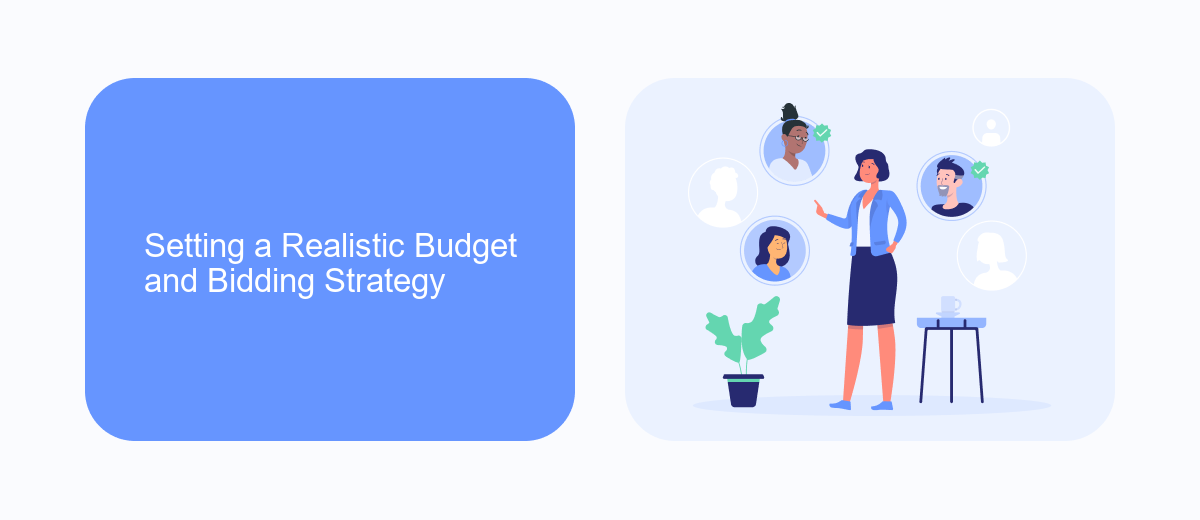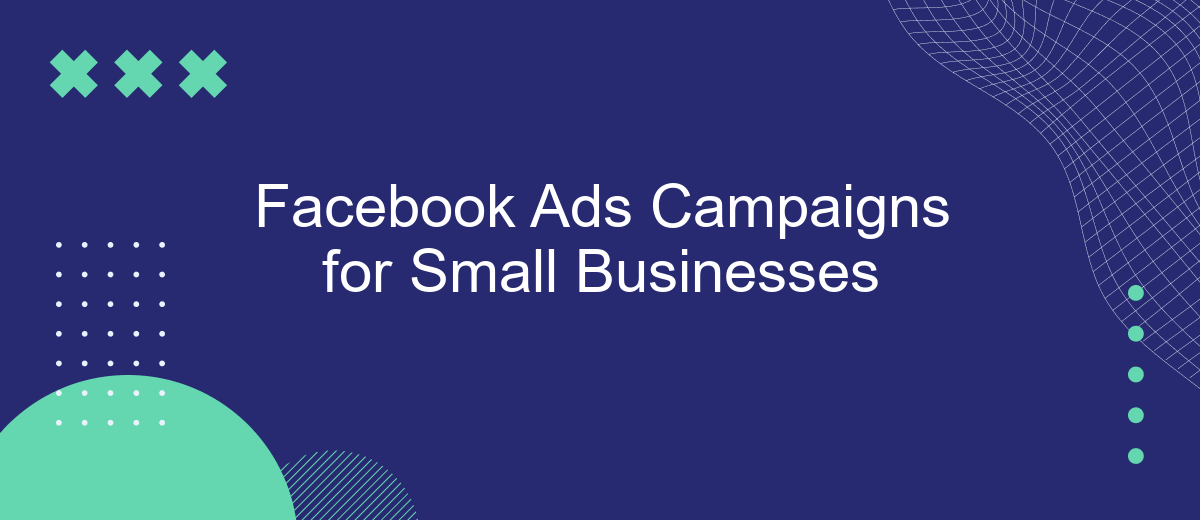In today's digital age, Facebook Ads campaigns have emerged as a powerful tool for small businesses seeking to expand their reach and engage with a broader audience. With its sophisticated targeting options and cost-effective solutions, Facebook provides an unparalleled platform for small enterprises to compete with larger counterparts. This article explores the essential strategies and benefits of leveraging Facebook Ads to drive growth and success for small businesses.
Understanding Your Target Audience and Objectives
Understanding your target audience and setting clear objectives are crucial steps in creating effective Facebook Ads campaigns for small businesses. Knowing who your audience is allows you to tailor your ads to their preferences, increasing the likelihood of engagement and conversion. Start by analyzing your current customer base and identifying key demographics such as age, gender, location, and interests. This data will help you create detailed buyer personas that guide your ad content and strategy.
- Conduct surveys and gather feedback from existing customers.
- Utilize Facebook Insights to analyze audience behavior.
- Define specific, measurable, achievable, relevant, and time-bound (SMART) objectives.
- Consider what actions you want users to take, such as visiting your website or making a purchase.
Once you have a clear understanding of your target audience and objectives, you can create more personalized and effective ad campaigns. By aligning your ads with the needs and desires of your audience, you increase the chances of achieving your business goals. Remember, a well-defined audience and clear objectives are the foundation of any successful advertising strategy.
Setting a Realistic Budget and Bidding Strategy

When setting a budget for your Facebook Ads campaign, it's crucial to align it with your overall marketing goals and financial capacity. Start by determining how much you're willing to spend daily or monthly, considering both your short-term and long-term objectives. For small businesses, a conservative approach might be wise initially, allowing you to test different ad creatives and audience segments. Use Facebook's budget optimization tools to ensure your spending is efficient, and always monitor your return on investment (ROI) to adjust your budget accordingly.
Choosing the right bidding strategy is equally important. Facebook offers several options such as cost per click (CPC), cost per thousand impressions (CPM), and cost per action (CPA). For small businesses, starting with CPC can be a good way to control costs while testing ad effectiveness. As your campaign matures, consider integrating services like SaveMyLeads to streamline data collection and improve decision-making. This can help you refine your bidding strategy by providing insights into which ads are driving the most valuable leads, allowing you to allocate your budget more effectively.
Creating Engaging Ad Content and Visuals

Creating engaging ad content and visuals is crucial for the success of Facebook Ads campaigns, especially for small businesses aiming to capture attention in a crowded marketplace. Well-crafted ads not only attract potential customers but also convey your brand message effectively. To achieve this, focus on clarity, creativity, and relevance, ensuring your content resonates with your target audience.
- Understand your audience: Research your target demographic to tailor your message and visuals to their preferences and needs.
- Use high-quality images or videos: Visuals should be clear, eye-catching, and relevant to your product or service.
- Craft compelling headlines: Your headline should grab attention and encourage users to learn more.
- Include a strong call-to-action (CTA): Guide your audience on what to do next, whether it's visiting your website or making a purchase.
- Test different ad formats: Experiment with carousel, video, or slideshow ads to see what resonates best with your audience.
By focusing on these elements, small businesses can create Facebook Ads that not only attract attention but also drive engagement and conversions. Remember, the key is to continuously test and refine your ad content and visuals to ensure they align with your business goals and audience preferences.
Targeting and Optimizing Your Campaigns

Effectively targeting and optimizing your Facebook Ads campaigns is crucial for small businesses aiming to maximize their return on investment. Start by defining your target audience based on demographics, interests, and behaviors. This ensures your ads reach the most relevant users who are more likely to convert.
Once your audience is defined, focus on optimizing your ad content and delivery. A/B testing different ad creatives and copy can help identify what resonates best with your audience. Additionally, consider using Facebook's automated ad placement options to reach your audience across multiple platforms efficiently.
- Leverage Facebook's Lookalike Audiences to expand your reach to users similar to your existing customers.
- Utilize Custom Audiences to retarget users who have previously interacted with your business.
- Regularly analyze performance metrics to refine your targeting and improve ad effectiveness.
Consistent monitoring and adjustment of your campaigns based on performance data are vital. By staying informed about what works and what doesn't, you can allocate your budget more effectively, ensuring your ads are both impactful and cost-efficient for your small business.


Measuring Results and Making Data-Driven Decisions
To effectively measure the results of your Facebook Ads campaigns, it's crucial to utilize Facebook's built-in analytics tools such as Facebook Ads Manager and Facebook Insights. These platforms provide valuable data on key performance indicators (KPIs) like reach, engagement, click-through rates, and conversion rates. By regularly monitoring these metrics, small businesses can gain insights into which ads are performing well and which need adjustments. A/B testing different ad creatives and targeting options can further refine your strategy, ensuring that your campaigns are optimized for success.
Making data-driven decisions is essential for maximizing the return on investment (ROI) of your advertising efforts. Integrating third-party tools like SaveMyLeads can streamline this process by automatically collecting and organizing leads from your Facebook Ads. This allows businesses to respond quickly to potential customers and adjust their marketing strategies based on real-time data. By leveraging these insights, small businesses can make informed decisions, allocate their advertising budget more effectively, and ultimately drive better results from their Facebook Ads campaigns.
FAQ
What is the best budget to start with for a Facebook Ads campaign for my small business?
How can I target the right audience for my small business on Facebook?
How do I measure the success of my Facebook Ads campaign?
What types of ad formats should I use for my small business on Facebook?
How can I automate and streamline my Facebook Ads campaigns?
If you use Facebook Lead Ads, then you should know what it means to regularly download CSV files and transfer data to various support services. How many times a day do you check for new leads in your ad account? How often do you transfer data to a CRM system, task manager, email service or Google Sheets? Try using the SaveMyLeads online connector. This is a no-code tool with which anyone can set up integrations for Facebook. Spend just a few minutes and you will receive real-time notifications in the messenger about new leads. Another 5-10 minutes of work in SML, and the data from the FB advertising account will be automatically transferred to the CRM system or Email service. The SaveMyLeads system will do the routine work for you, and you will surely like it.
